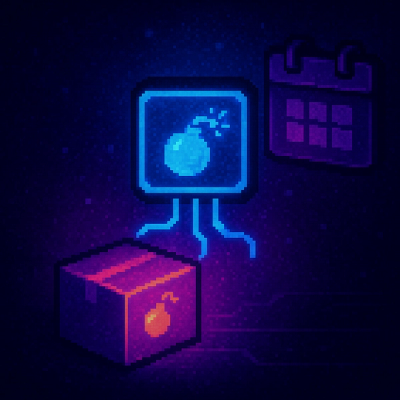
Research
/Security News
9 Malicious NuGet Packages Deliver Time-Delayed Destructive Payloads
Socket researchers discovered nine malicious NuGet packages that use time-delayed payloads to crash applications and corrupt industrial control systems.
@crowdin/app-project-module
Advanced tools
Module that generates for you all common endpoints for serving standalone Crowdin App
The Crowdin Apps SDK is a framework that allows you to build custom apps for Crowdin. It provides a set of tools and components that you can use to build your app and integrate it with Crowdin.
It is designed to help you create apps that can be easily installed and used by Crowdin users. It handles the communication between your app and Crowdin, so you can focus on building the functionality of your app.
:bookmark: See the docs for more information.
If you are experiencing problems or would like to suggest a feature, Contact Customer Success Service.
FAQs
Module that generates for you all common endpoints for serving standalone Crowdin App
We found that @crowdin/app-project-module demonstrated a healthy version release cadence and project activity because the last version was released less than a year ago. It has 3 open source maintainers collaborating on the project.
Did you know?

Socket for GitHub automatically highlights issues in each pull request and monitors the health of all your open source dependencies. Discover the contents of your packages and block harmful activity before you install or update your dependencies.

Research
/Security News
Socket researchers discovered nine malicious NuGet packages that use time-delayed payloads to crash applications and corrupt industrial control systems.

Security News
Socket CTO Ahmad Nassri discusses why supply chain attacks now target developer machines and what AI means for the future of enterprise security.

Security News
Learn the essential steps every developer should take to stay secure on npm and reduce exposure to supply chain attacks.